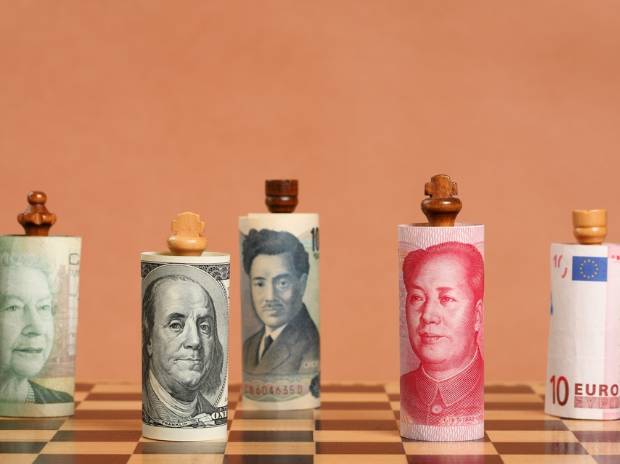 The term ‘cross currency’ is most commonly used to refer to currency pairs that do not involve the US dollar. The reason for this is that, historically, if you wanted to convert one non-USD currency into another non-USD currency, you had to convert it into USD first, and then convert the USD into the currency of your choice. Cross currencies allowed people to bypass this step by making this type of exchange directly, without the need to convert to USD.
The term ‘cross currency’ is most commonly used to refer to currency pairs that do not involve the US dollar. The reason for this is that, historically, if you wanted to convert one non-USD currency into another non-USD currency, you had to convert it into USD first, and then convert the USD into the currency of your choice. Cross currencies allowed people to bypass this step by making this type of exchange directly, without the need to convert to USD.
A cross-currency transaction is one which involves the simultaneous buying and selling of two or more currencies. An example is the purchase of Canadian dollars with yen and the simultaneous sale of yen for U.S. dollars. Cross currency transactions are most common for multinational corporations or international bond funds that manage or hedge their currency exposure. Sometimes all the transactions are effected in one country without the use of that country's currency, which is referred to as a currency cross.
Over 90% of the transactions in the forex market involve the U.S. dollar. This is because the U.S. dollar is the reserve currency in the world. Most agricultural and industrial commodities such as oil are priced in U.S. dollars. If a country needs to purchase oil or other agricultural goods, it would first have to change its currency into U.S. dollars before being able to buy the goods. This is why many countries keep a reserve of U.S. dollars on hand.
Instead of just looking at the seven “major” dollar-based pairs, currency crosses provide more currency pairs for you to find profitable opportunities! By trading currency crosses, you give yourself more options for trading opportunities because these currencies are not bound to the U.S. dollar, thus possibly having different price movement behaviors. So while the majority of the markets will only trade on anti-U.S. dollar or pro-U.S. dollar sentiments, you can find a new opportunities in currency crosses.
Crosses give forex traders more pairs to trade, which means more trading opportunities. You can take advantage of interest rate differentials by trading currency crosses. Do your due diligence and analysis and match the strong currencies against the weak ones. If the pair you are looking to trade isn’t available with your broker, don’t worry. You know how to create a synthetic pair by simultaneously going long or short two major pairs to create one currency cross.







